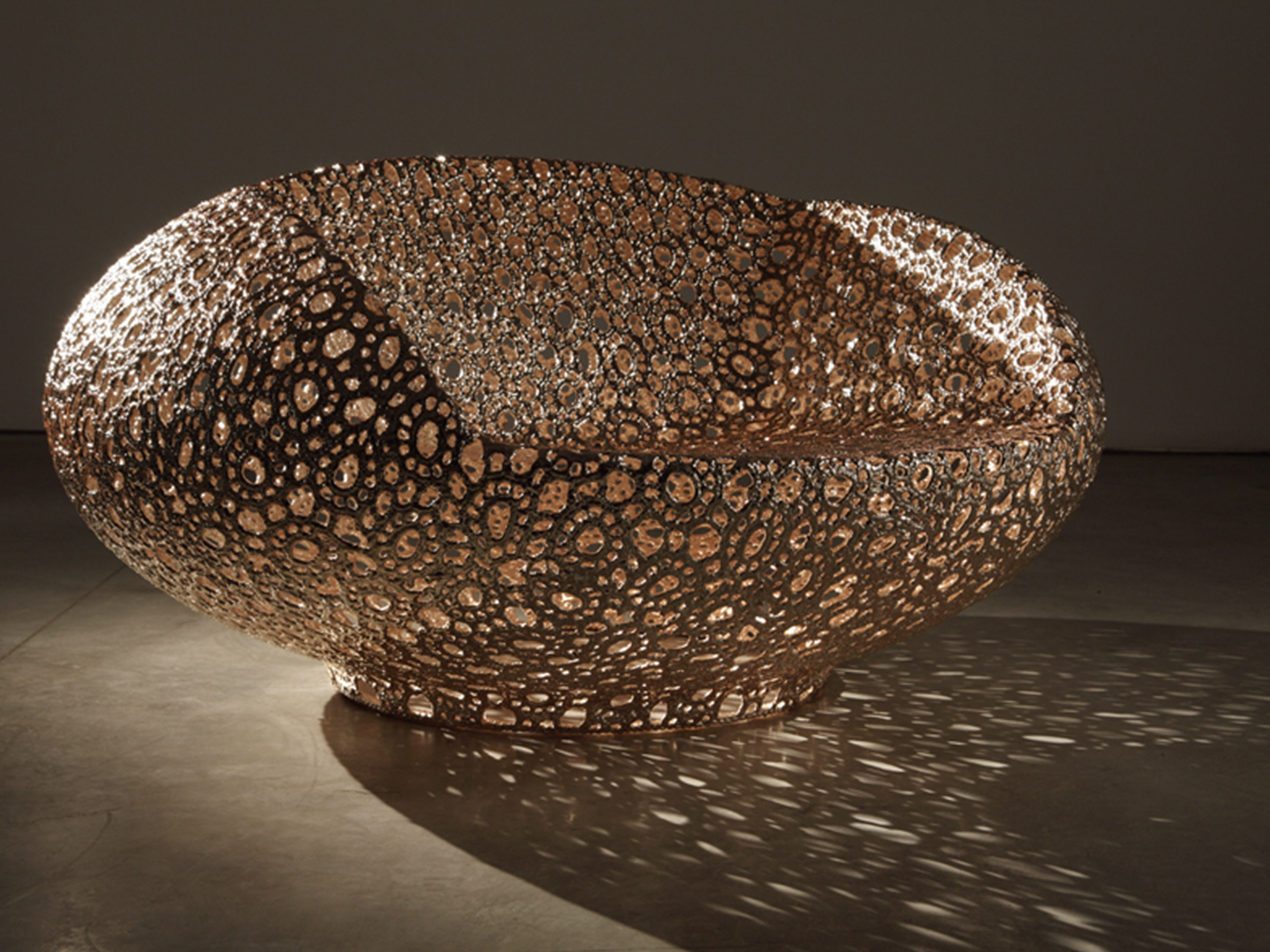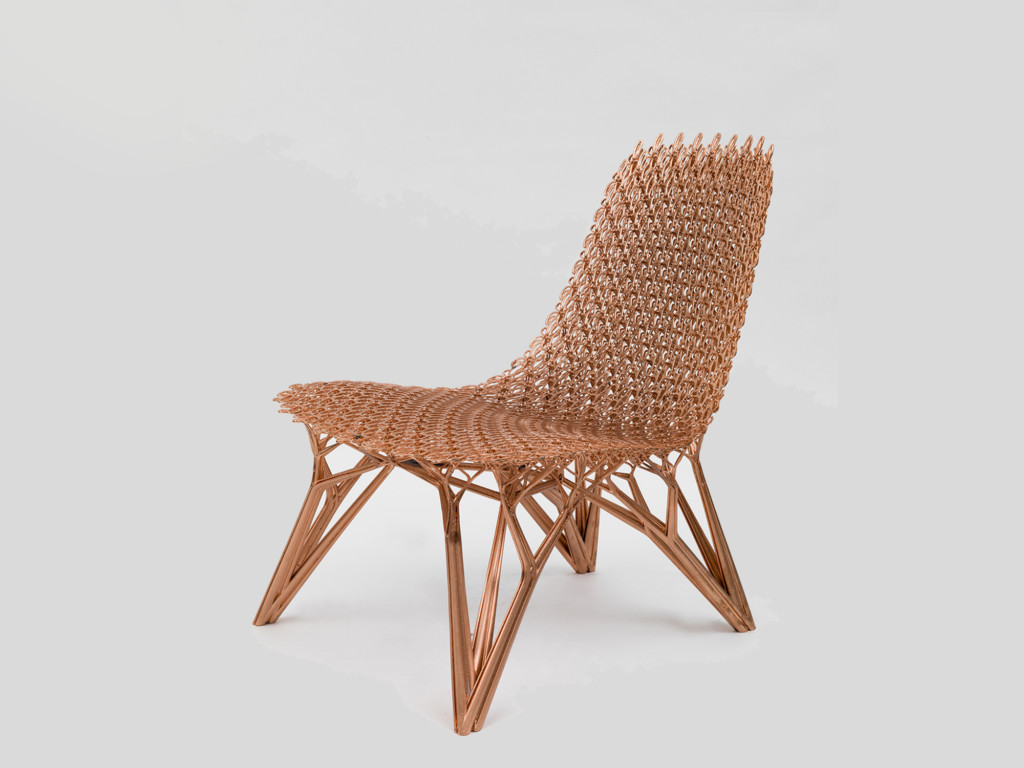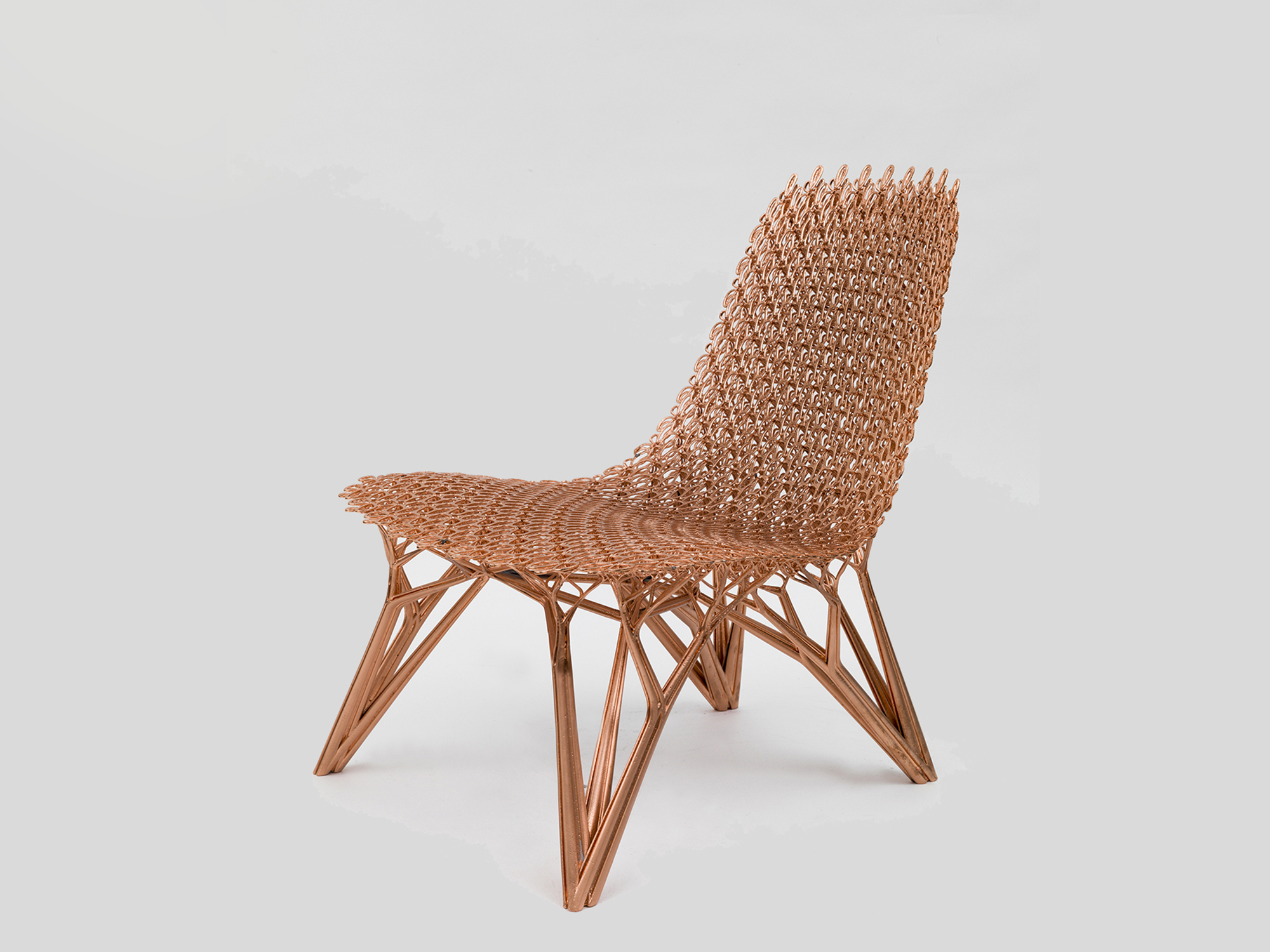Second temporary exhibition presented at the Centre Pompidou x West Bund Museum Project from 12 November 2020 to 28 February 2021, “Design and the Wondrous” questions current adornment and how it relates to new digital logics for designing and producing design items. With a wealth of formal and technological experimentation, the exhibition is situated between a scientific “marvellous” bordering on the imaginary, and the exploration of morphologies for objects whose materials and innovative techniques open out to a future that is connected to nature and the living world.
The exhibition thus presents more than a hundred design objects, essentially from the Centre Pompidou collection. Characterised by a strong cultural dialogue between China and France, the exhibition brings together and for the first time also places Centre Pompidou works in resonance with those of contemporary Chinese designers, some of which were produced specifically for the exhibition.
The concept of adornment is situated at the intersection between art and craft and the digital technologies that are questioned by all these creators, between tradition and modernity. Ranging from the representation of natural forms to the recreation of biological growth processes using digital tools, “Design and the Wondrous” recounts a history of design, between the vegetal and the ornamental, which questions the metamorphic dimension of adornment, whose role is explored in terms of morphogenesis in which the object never ceases to be transformed through a dynamic of evolving forms. Traditional manufacturing techniques are currently being hybridized with digital tools that give rise to new aesthetic and industrial issues. The ornamental complexity of design objects is now made possible thanks to new simulation software and digitally controlled machines that enable the recreation of nature’s growth generating processes. Nature’s generative dimension has endowed adornment with a new structural role in all of these creations.
At the heart of the exhibition, design objects interact with photographs of plants and other artefacts, evoking the “cabinets of curiosities” of the 16th and 17th centuries, in which natural, scientific and artistic objects interacted. This scenographic aside enables the deployment of a universe of unprecedented correspondences between different periods and different mediums.
Curators:
Marie Ange Brayer, Head of the design and industrial prospective department and Olivier Zeitoun, Assistant curator, Musée national d’art moderne, Centre Pompidou, Paris












